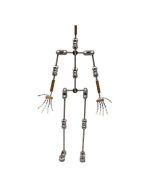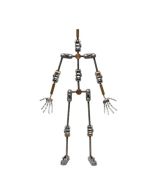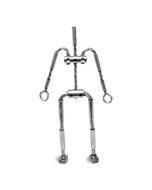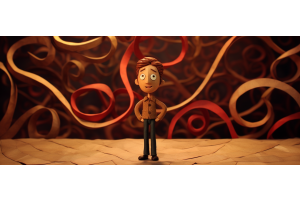Future of Stop Motion
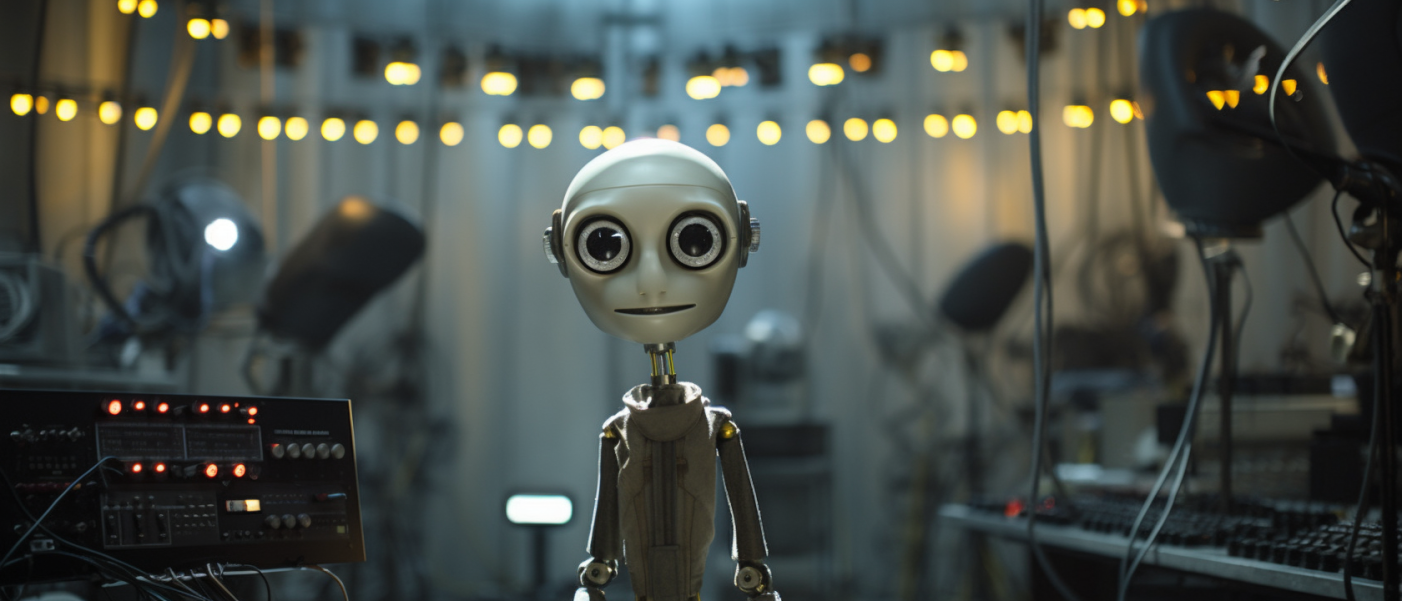
Unleashing Creativity: Exploring the Future of Stop Motion Animation
Stop motion animation has captivated audiences for decades, from the early works of Ray Harryhausen to modern masterpieces like Guillermo del Toro's Pinocchio. The meticulous process of bringing inanimate objects to life frame by frame has its own unique charm and has stood the test of time. As we look to the future, technological advancements promise to revolutionize the art of stop motion animation, pushing its boundaries and offering new avenues for creativity and storytelling.
With the advent of advanced computer graphics and 3D printing technologies, the future of stop motion animation holds tremendous promise for enhanced control and increased realism. Filmmakers can now combine traditional techniques with digital tools to create visually stunning worlds that were once only limited to the realms of imagination. These advancements enable artists to achieve finer details, smoother movements, and even seamless integration of visual effects, resulting in an unparalleled visual experience.
The future of stop motion animation lies in the collaboration between traditional craftsmanship and digital artistry. While digital effects have become commonplace in many animated films, there is a growing appreciation for the tactile nature of stop motion animation. Filmmakers are exploring ways to integrate digital enhancements seamlessly into the process, ensuring that the charm and uniqueness of stop motion are preserved while expanding the creative possibilities.
Augmented Reality (AR) and Virtual Reality (VR) technologies has the potential to redefine the viewer's interaction with stop motion animation. AR can bring animated characters and objects into the real world, creating immersive experiences where audiences can engage and interact with their favourite stop motion creations. VR, on the other hand, offers the potential to transport viewers into entirely new worlds, allowing them to explore the intricacies of stop motion animation in a 360-degree environment. Photogrammetry will be the key to this but the technology is improving all the time.
Automation and robotics could be developed to help streamline the labour-intensive process of stop motion animation, making it more accessible and efficient for artists. Innovations in robotics have seen motion control rigs already handle repetitive tasks, such as moving characters or objects in small increments, freeing up animators to focus on more creative aspects of the craft. This increased efficiency will not only speed up production but as prices start to fall will also lower the barriers for aspiring animators to experiment and bring their visions to life.
The future of stop motion animation is not just about technological advancements but also about expanding accessibility. As the tools and techniques become more refined and affordable, a wider range of artists will be able to explore this medium. This democratization of stop motion animation will lead to diverse stories and perspectives being represented, enriching the artistic landscape and fostering a more inclusive industry.
The future of stop motion animation holds great promise, as technological advancements continue to push the boundaries of this beloved art form. With enhanced control, increased realism, the collaboration of traditional and digital art, the integration of AR and VR, automation, and expanded accessibility, we can expect to see a new era of creativity and storytelling in stop motion animation. As these innovations unfold, we can look forward to being transported into enchanting worlds where imagination knows no bounds.
At Animation Supplies, whilst the advancements in technology are incredibly exciting and we are sure will be embraced by the large studios and high budget productions. We maintain our believe that there will be still demand for “pure stop motion”. By this we mean stop motion in a traditional sense, animated frame by frame by hand and offering a charming aesthetic.

